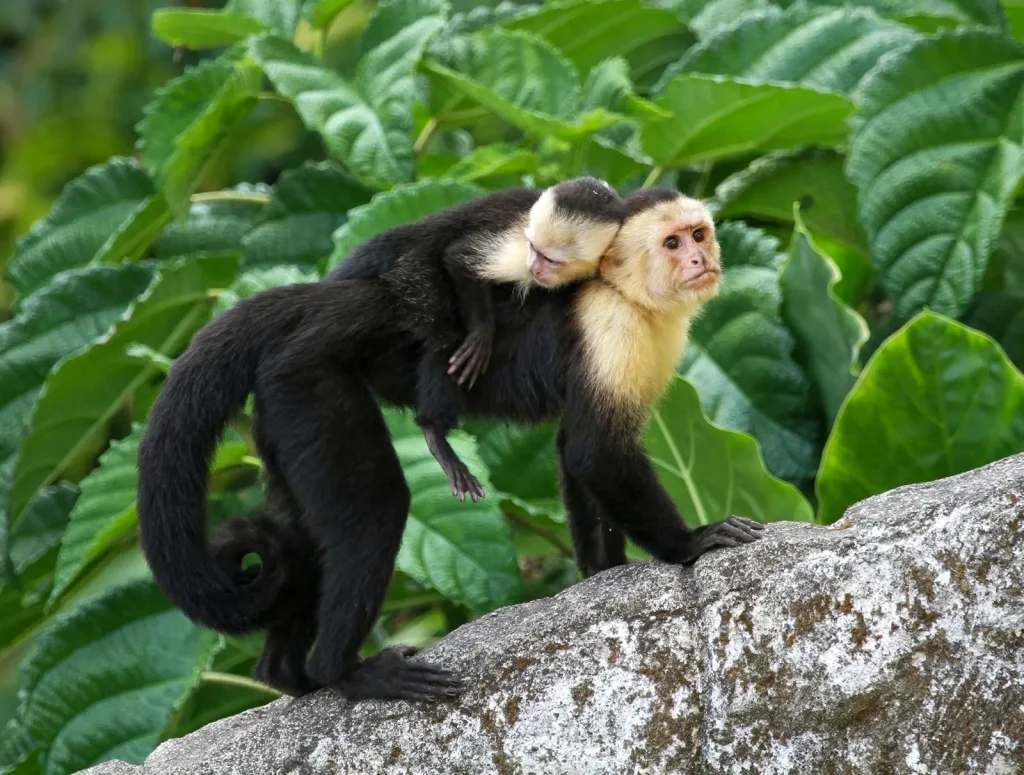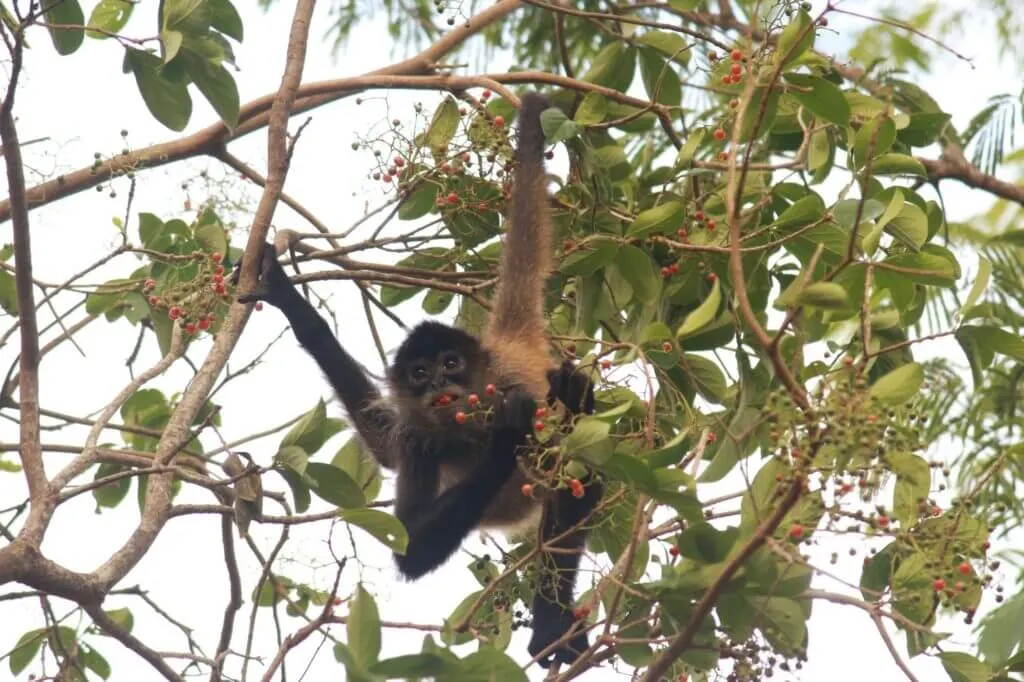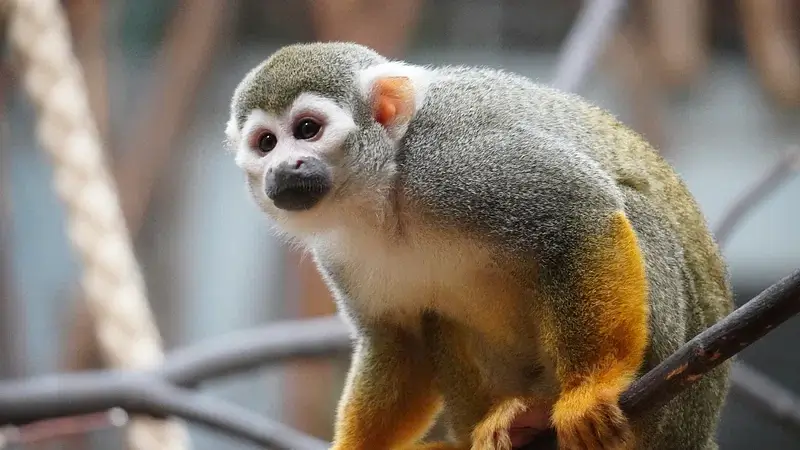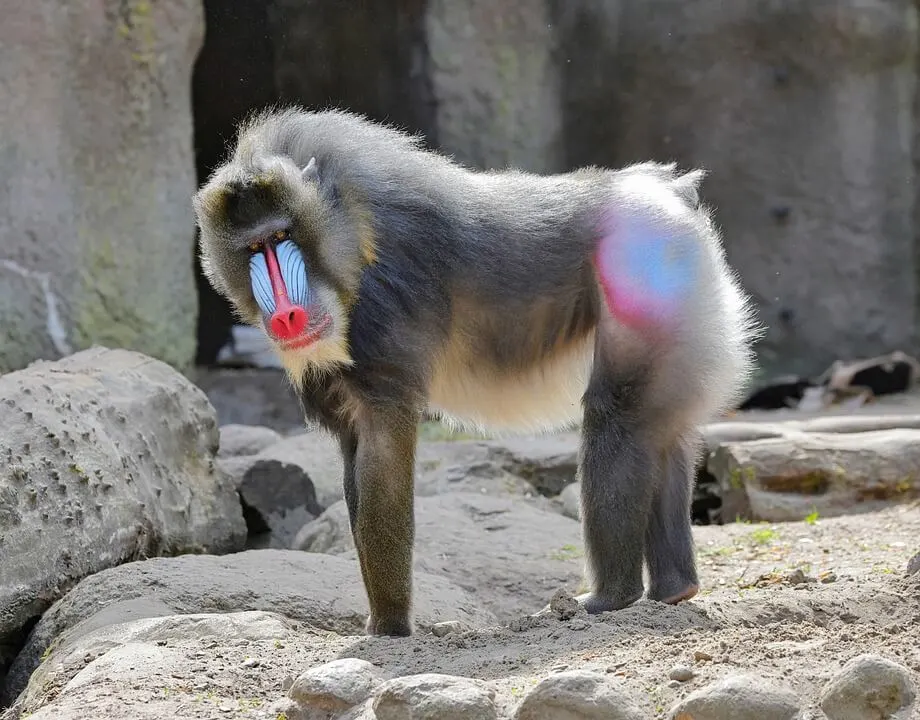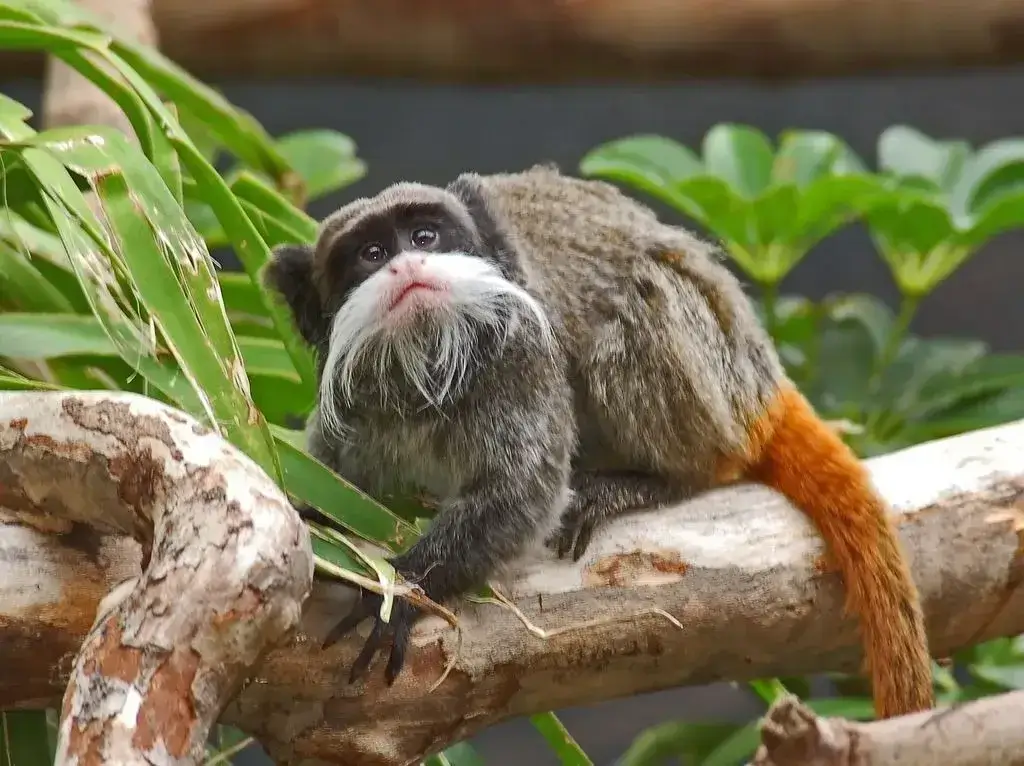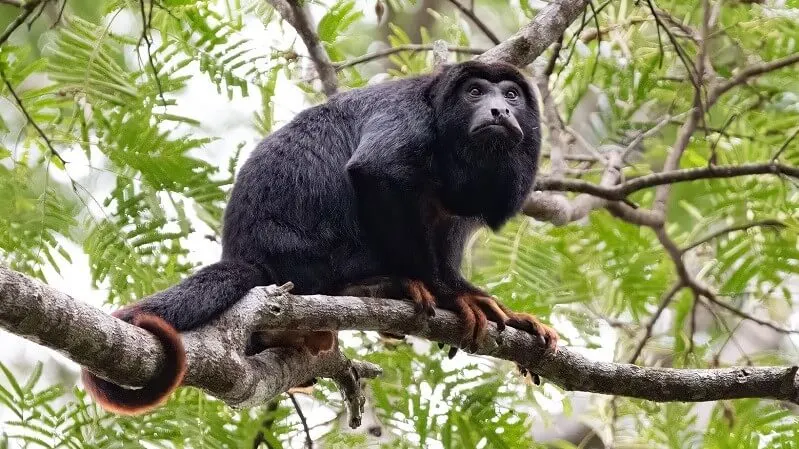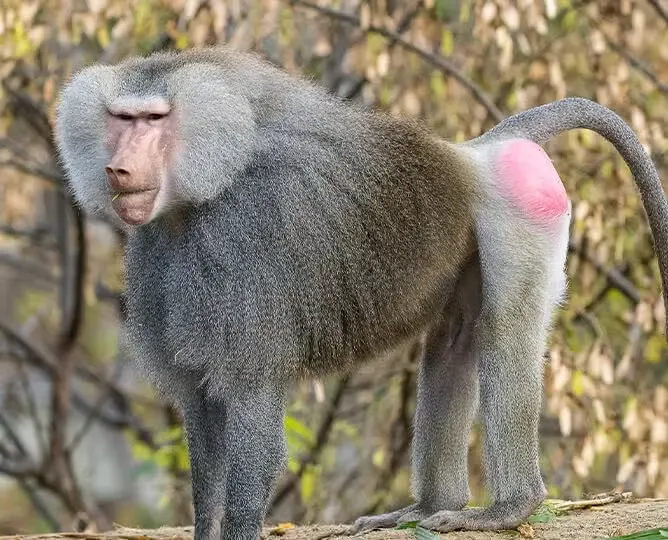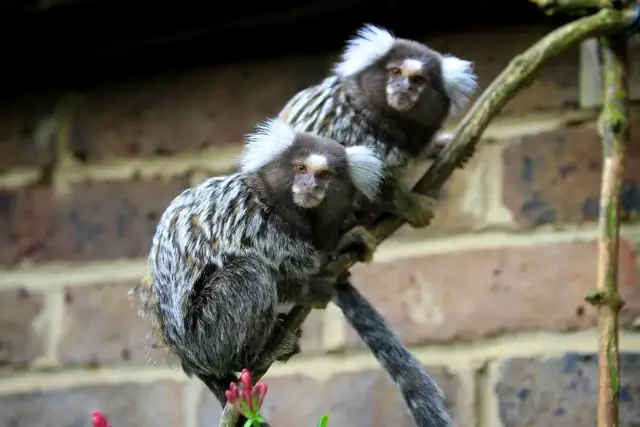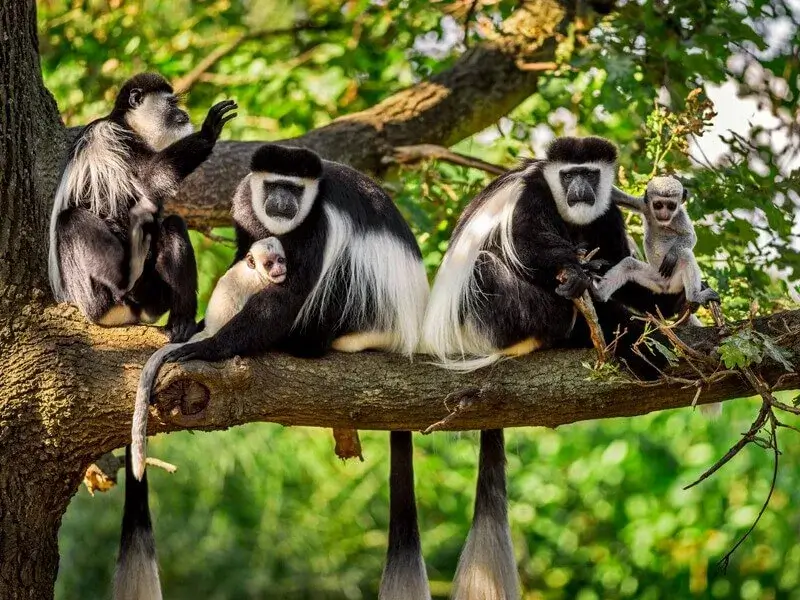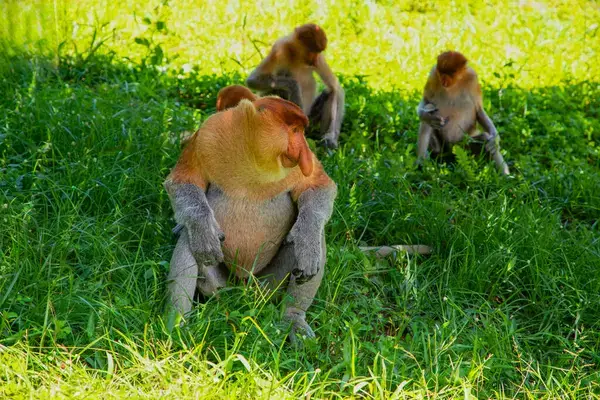🐒 Capuchin Monkey – The Intelligent Acrobat of the Jungle
🌿 Introduction
The Capuchin Monkey is one of the smartest and most agile monkeys in the world. With expressive faces and quick movements, they easily capture the hearts of animal lovers. Native to Central and South America, these social and adaptable primates are full of curiosity and charm.
📍 Natural Habitat
Capuchins live in tropical rainforests, dry woodlands, and mangroves in countries like Brazil, Costa Rica, and Colombia. They spend most of their time in the treetops, using their powerful limbs and tails to swing, leap, and explore.
🧠 Intelligence and Behavior
These monkeys are incredibly clever. They’ve been seen using sticks to extract insects, washing fruit before eating, and solving complex puzzles. Capuchins live in groups of 10 to 35 and communicate using sounds, gestures, and facial expressions. Their strong memory and ability to learn make them stand out in the animal kingdom.
🍽️ Diet and Feeding Habits
Capuchins eat a wide variety of foods:
- 🍌 Fruits and seeds
- 🌿 Leaves and flowers
- 🐛 Insects and small animals
- 🦐 Shellfish, when available
Their flexible diet helps them survive in different environments, including places affected by human activity.
🍼 Reproduction and Parenting
Female Capuchins give birth every two years after a pregnancy of around 160 days. Newborns cling to their mother’s back and rely on her for several months. The group helps raise the young, and learning through observation is a big part of growing up.
🩺 Health and Lifespan
Capuchins can live 15–25 years in the wild and up to 40 years in protected environments. Common health challenges include loss of habitat and diseases. Regular conservation efforts help keep them healthy and safe.
🎯 Capuchins in Research and Media
Capuchins are often trained to perform tasks and have even helped people with physical disabilities. However, their use in entertainment and private homes raises serious welfare concerns. It’s important to support ethical treatment and only observe them in suitable environments.
🚫 Threats and Conservation
Not all Capuchin species are at risk, but some are threatened by:
- 🌲 Deforestation
- 🔒 Illegal wildlife trade
- 🚧 Human development
Conservation groups focus on protecting forests, educating local communities, and supporting rehabilitation centers.
👨👩👧👦 Interaction with Humans
Although Capuchins often appear in films and TV shows, they are wild animals. They require mental stimulation, social interaction, and space to thrive. Keeping them as pets is not recommended and is illegal in many places.
🎉 Fun Facts About Capuchins
- 🧠 Capuchins are tool-users—something rare in the animal kingdom.
- 🎬 They’ve appeared in shows like Friends and Night at the Museum.
- 🧴 They sometimes rub herbs or insects on their fur, possibly for medicinal reasons.
- 🎩 Their name comes from Capuchin friars because of their hood-like hair patterns.
❓ Frequently Asked Questions
Q1: Are Capuchin monkeys good pets?
A: No. Despite being smart, they have complex needs and can become aggressive. They are best left in the wild or sanctuaries.
Q2: What do Capuchin monkeys eat?
A: Their diet includes fruits, insects, small animals, and leaves, making them expert foragers.
Q3: Where do Capuchins live?
A: Capuchins live in forests across Central and South America, especially in tropical and semi-tropical areas.
Q4: Are they endangered?
A: Some species are threatened by habitat loss and the illegal pet trade. Conservation programs are helping protect them.
Q5: Are Capuchins used in research?
A: Yes. Their intelligence makes them valuable in studies of behavior, memory, and problem-solving. Ethical treatment is essential in these studies.
✅ Conclusion
The Capuchin Monkey is a brilliant, curious, and social primate that plays a vital role in its ecosystem. While it may look cute and clever, its needs are best met in the wild or in ethical sanctuaries. By respecting their space and supporting conservation efforts, we ensure that Capuchins continue to swing freely in the forests for generations to come.
